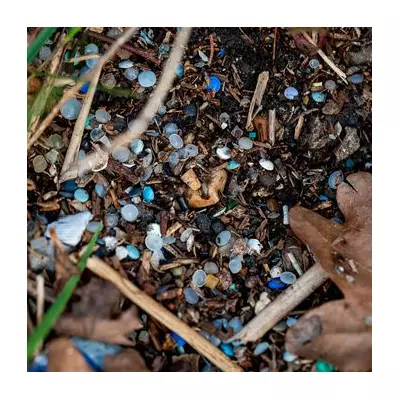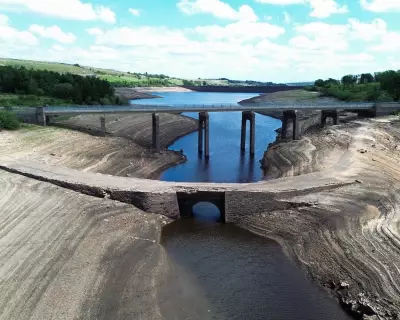
Startling new scientific findings have uncovered significant radioactive contamination in the iconic Hudson River, sending shockwaves through environmental and public health circles. The discovery points to a potentially serious environmental crisis unfolding in one of America's most famous waterways.
The Invisible Threat Beneath the Surface
Recent comprehensive testing has detected dangerous radioactive isotopes, including strontium-90 and cesium-137, at levels that have alarmed environmental scientists. These substances, known for their long-lasting radioactive properties, pose substantial risks to both aquatic ecosystems and human populations relying on the river.
Historical Legacy Meets Modern Concern
The contamination appears linked to historical industrial activities dating back decades, particularly from former nuclear facilities that operated along the river's banks. What makes this discovery particularly troubling is the persistence of these radioactive elements, which continue to affect the river's sediment and water quality years after their initial introduction.
Implications for Public Health and Safety
Environmental experts express growing concern about the potential pathways through which these radioactive materials could enter the food chain and ultimately affect human health. The contamination raises urgent questions about:
- The safety of recreational activities along the river
- Potential impacts on drinking water sources
- Effects on local wildlife and aquatic species
- Long-term environmental consequences
Scientific Response and Monitoring Efforts
Research teams have intensified their monitoring programs, deploying advanced detection equipment to map the full extent of the contamination. Preliminary findings suggest the radioactive materials have spread further than initially anticipated, complicating containment and cleanup efforts.
Environmental agencies are now facing mounting pressure to address this invisible threat, with calls for immediate action growing louder from both scientific communities and concerned citizens. The situation demands comprehensive investigation and potentially significant intervention to protect both environmental integrity and public welfare.
As the scientific community continues to assess the full scope of this contamination, one thing remains clear: the Hudson River's radioactive legacy represents a critical environmental challenge that requires immediate attention and decisive action.





